Discover which cities struggle to provide safe and clean water for their residents.
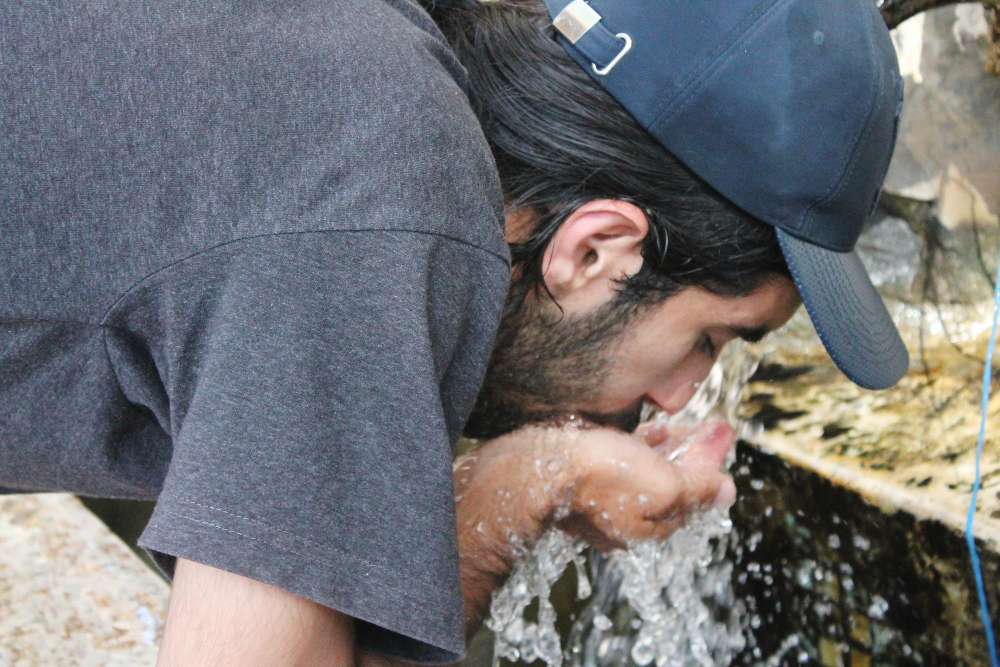
Every drop of water we drink shapes our health and well-being, yet not all public water supplies meet safe standards. Across the United States, some cities face significant challenges in delivering clean and safe drinking water to their residents. From contamination risks to aging infrastructure, the quality of water in these areas leaves much to be desired. This list highlights 10 cities where public drinking water is considered among the worst.
1. Flint, Michigan: A City Still Recovering from Its Water Crisis

Flint gained international attention in 2014 when the city’s water source was switched, resulting in lead contamination that endangered thousands of residents. Despite state and federal interventions, the crisis highlighted significant failings in oversight and infrastructure management. While efforts to replace lead service lines continue, residents remain cautious, with many relying on bottled water. Flint’s situation underscores how critical it is for communities to invest in maintaining and upgrading water infrastructure to prevent such disasters.
2. Newark, New Jersey: Lead Pipes Pose Ongoing Health Risks

Newark’s water woes stem from its aging infrastructure, specifically old lead service lines that have contaminated drinking water for years. Although the city has launched a large-scale initiative to replace these pipes, many residents still face elevated lead levels. This poses particular risks to children, who are more vulnerable to the effects of lead poisoning. Newark’s challenges highlight how delayed action on infrastructure upgrades can create long-term health crises for urban populations.
3. San Diego, California: Salinity and Contamination Threats

San Diego’s water supply faces ongoing challenges due to its reliance on imported water and exposure to industrial pollutants. High salinity levels from the Colorado River and agricultural runoff have led to concerns about water quality. While the city employs advanced treatment methods, contaminants like nitrates and heavy metals can still pose risks. Residents often use additional filtration systems to ensure safety. These persistent issues reveal the complexities of managing water quality in arid regions.
4. Houston, Texas: Water Infrastructure Struggles Under Pressure

Houston’s rapidly growing population has placed significant strain on its water infrastructure, leading to frequent boil-water advisories. Aging treatment plants and distribution systems are ill-equipped to handle increasing demand, often resulting in contamination risks. The city’s vulnerability to hurricanes and flooding exacerbates the problem, as stormwater can introduce harmful bacteria and pollutants into the supply. These challenges highlight the critical need for modernization and disaster-proofing in Houston’s water management system.
5. Baltimore, Maryland: Persistent Problems with Lead and Bacteria
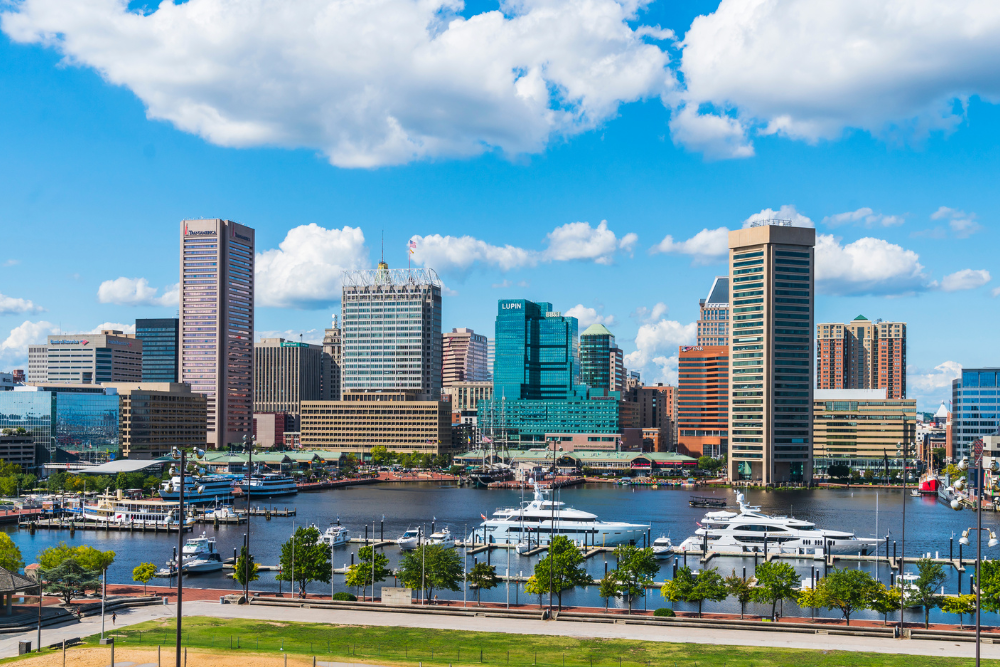
Baltimore’s water system faces consistent challenges from aging infrastructure, leading to lead contamination and bacterial outbreaks. Efforts to modernize the system have been slowed by funding issues and logistical complexities. Many residents distrust their tap water and opt for bottled alternatives, creating additional financial burdens. Public awareness campaigns and investment in infrastructure upgrades are essential for Baltimore to ensure safe drinking water for all its residents and regain public confidence.
6. Pittsburgh, Pennsylvania: Lead Contamination Remains a Major Concern
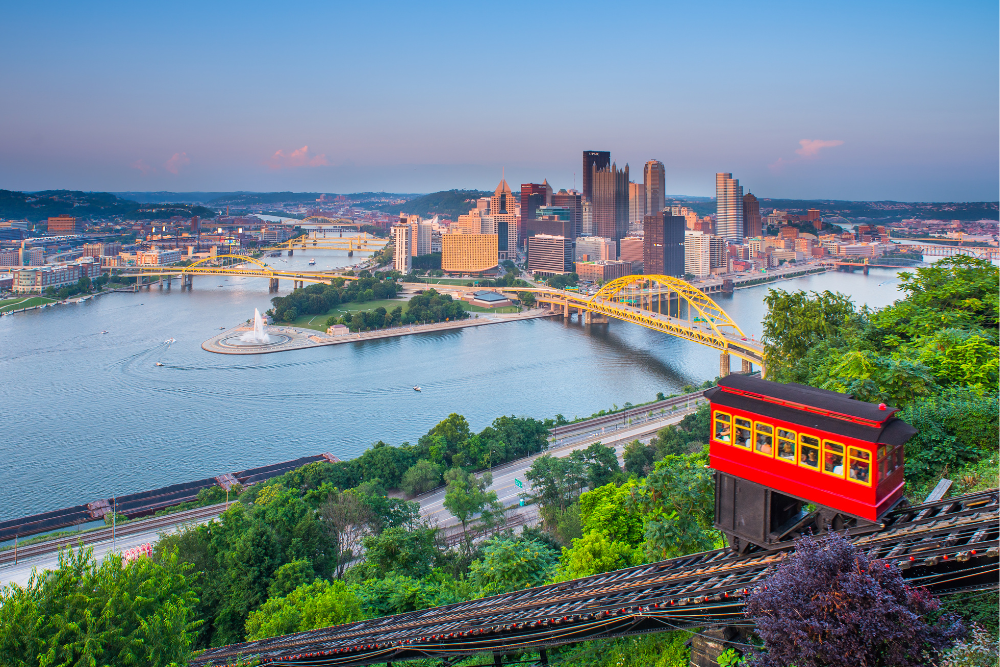
Pittsburgh struggles with elevated lead levels due to its aging water pipes, a common issue in older cities. Recent efforts to replace lead service lines have made progress, but many neighborhoods still experience unsafe levels. This poses significant health risks, particularly to children and pregnant women. Although Pittsburgh has increased transparency and implemented stricter regulations, systemic improvements are required to address the root causes of the problem and ensure water safety.
7. Jackson, Mississippi: Recurring Water System Failures
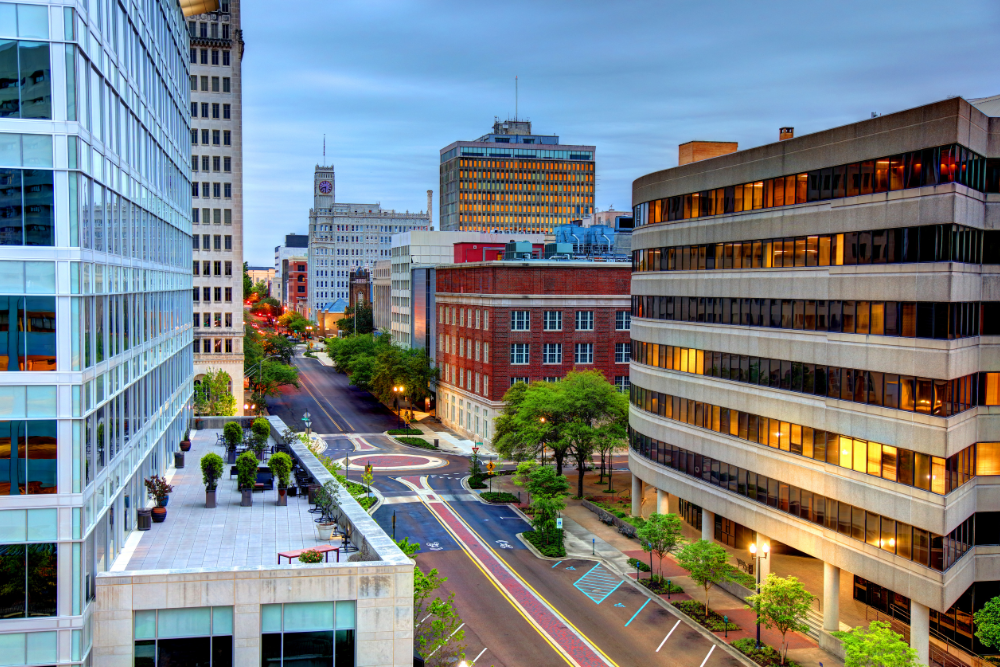
Jackson’s water infrastructure is in crisis, with recurring failures leaving residents without safe drinking water for extended periods. Aging pipes, frequent main breaks, and inadequate treatment facilities contribute to boil-water notices and contamination risks. Natural disasters and flooding exacerbate the problem, overwhelming an already fragile system. Despite federal assistance, sustainable solutions remain elusive, leaving residents to endure unreliable water access and ongoing health concerns. Jackson exemplifies the dire consequences of deferred maintenance in public utilities.
8. Las Vegas, Nevada: Hard Water and Contaminants Pose Challenges
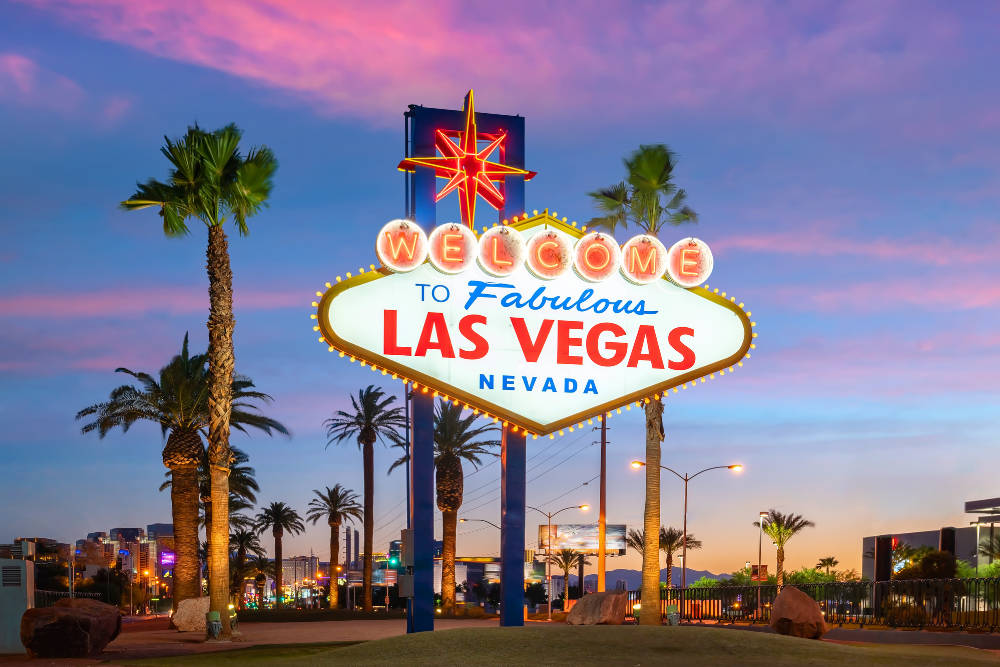
Las Vegas contends with high mineral content in its water, leading to “hard water” issues that cause scaling and appliance damage. Additionally, contaminants like arsenic and nitrates from upstream sources threaten water quality. Although the city employs advanced treatment processes, persistent concerns about pollutants remain. Residents often rely on home filtration systems to mitigate risks. Las Vegas’s challenges illustrate the complexities of maintaining water safety in a rapidly growing desert city reliant on external water supplies.
9. New Orleans, Louisiana: Flood Risks Lead to Water Contamination
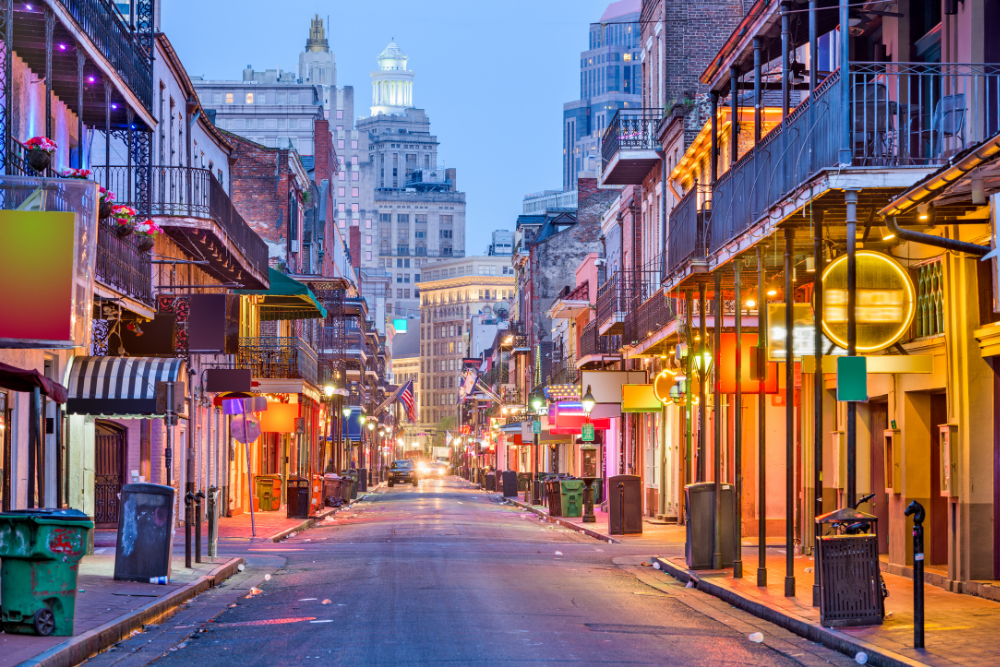
New Orleans’ unique geography and frequent flooding pose significant risks to its water supply. Storms and hurricanes often overwhelm the city’s aging infrastructure, allowing harmful bacteria and pollutants to infiltrate the water system. Despite investments in upgrades, these natural disasters make maintaining consistent water safety difficult. Residents are often advised to boil water or use bottled alternatives during emergencies. New Orleans highlights how environmental factors compound infrastructure challenges in providing safe drinking water.
10. Corpus Christi, Texas: Industrial Pollution and Algae Blooms
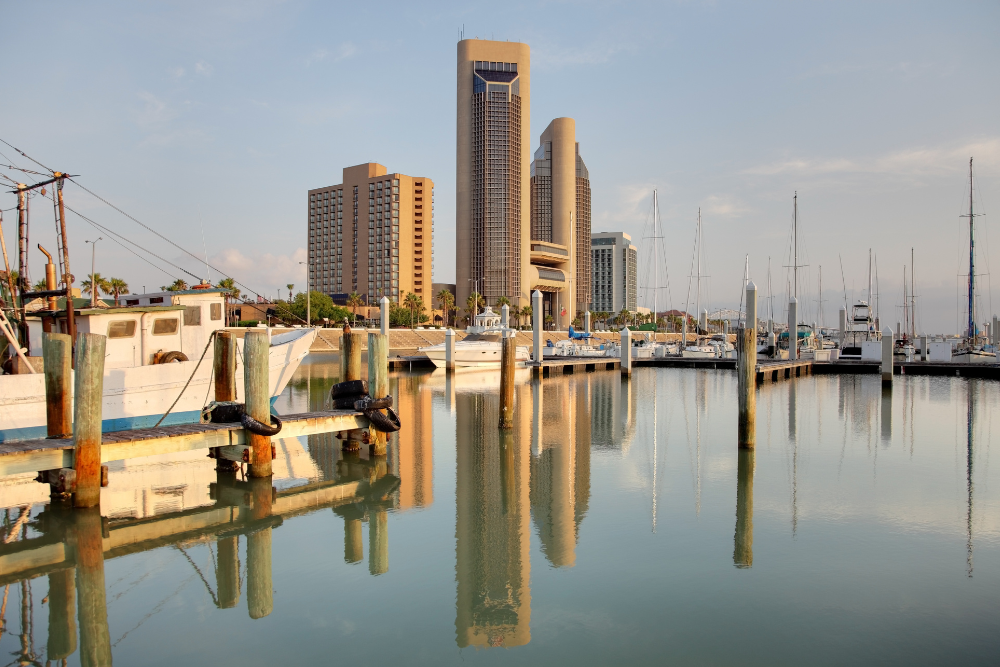
Corpus Christi’s water system faces significant challenges from industrial pollution and agricultural runoff, leading to contamination incidents in recent years. Harmful algae blooms, exacerbated by climate change, further threaten water quality. Although the city has implemented stricter monitoring and treatment protocols, residents often remain cautious about their tap water. Corpus Christi’s situation demonstrates the importance of addressing both environmental and infrastructure-related factors to ensure a reliable and safe public water supply.
